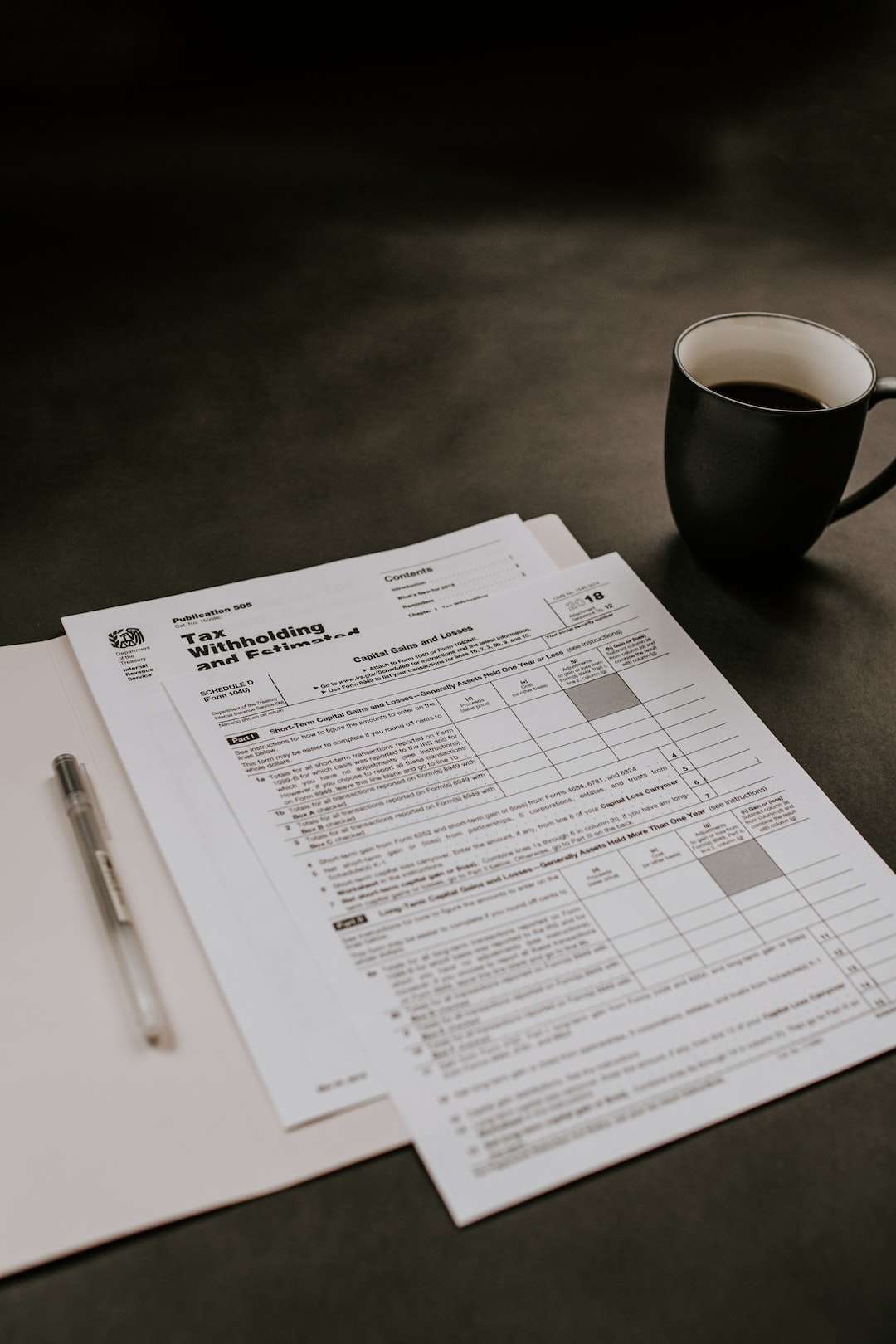Using Forex Market Charts to Identify Trading Patterns
Forex trading is a complex and dynamic market that requires traders to constantly analyze and interpret various factors to make informed trading decisions. One of the most effective tools used by forex traders is market charts. These charts provide a visual representation of historical price movements and patterns, which can help identify potential trading opportunities.
Trading patterns are repetitive formations or movements in price that often occur in the forex market. These patterns are formed due to the constant interaction between buyers and sellers, and they can provide traders with valuable insights into future price movements. By studying these patterns, traders can anticipate potential market reversals, trend continuations, or breakouts, enabling them to enter or exit trades at the right time.
There are several commonly used trading patterns that traders look for in forex market charts. These patterns include support and resistance levels, trend lines, chart patterns, and candlestick formations. Let’s explore each of these patterns in more detail.
Support and resistance levels are horizontal lines drawn on a chart to indicate areas where the price has historically had a difficult time breaking through. Support levels are areas where buying pressure is likely to outweigh selling pressure, causing prices to bounce back up. Resistance levels, on the other hand, are areas where selling pressure is likely to outweigh buying pressure, causing prices to reverse and move lower. By identifying these levels on a chart, traders can anticipate potential price reactions and plan their trades accordingly.
Trend lines are another important tool used to identify trading patterns. Trend lines are diagonal lines drawn on a chart to connect consecutive higher lows in an uptrend or consecutive lower highs in a downtrend. These lines help traders visualize the overall direction of the market and can be used to identify potential entry or exit points. When the price approaches a trend line, it often bounces off or breaks through, indicating a potential trading opportunity.
Chart patterns are formations that occur on forex market charts and indicate potential reversals or continuations in price. Some commonly observed chart patterns include head and shoulders, double top or bottom, triangles, and flags. These patterns are formed due to the psychology of market participants and can provide traders with valuable insights into future price movements. By recognizing these patterns, traders can anticipate potential breakouts or reversals and adjust their trading strategies accordingly.
Candlestick formations are another powerful tool used by forex traders to identify trading patterns. Candlestick charts display price movements in the form of candle-shaped bars, with each bar representing a specific time period. Different candlestick patterns provide traders with valuable information about market sentiment and potential reversals. For example, a doji candlestick pattern indicates indecision between buyers and sellers, often signaling a potential trend reversal. By analyzing candlestick formations, traders can gain insights into potential price movements and make more informed trading decisions.
In conclusion, forex market charts are invaluable tools for identifying trading patterns. By studying support and resistance levels, trend lines, chart patterns, and candlestick formations, traders can anticipate potential market reversals, trend continuations, or breakouts. These patterns provide valuable insights into future price movements, enabling traders to enter or exit trades at the right time. However, it is important to combine chart analysis with other technical and fundamental analysis tools to increase the probability of successful trades. With practice and experience, traders can develop a keen eye for trading patterns and improve their overall trading performance in the forex market.





